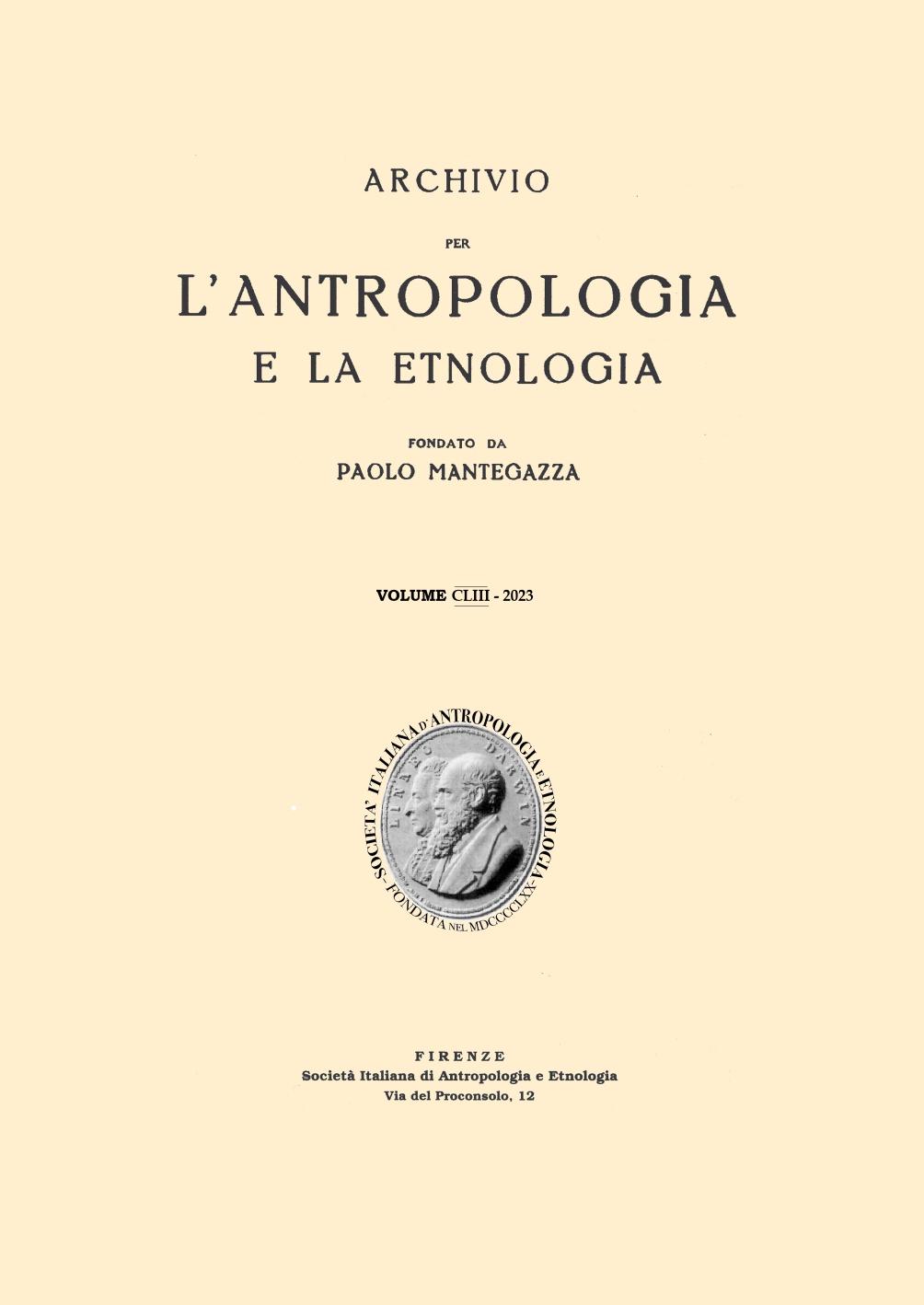
Published 2023-11-01
Keywords
- human teeth,
- buccolingual,
- mesiodistal,
- comparative studies
How to Cite
Copyright (c) 2023 Gabriele Lauria

This work is licensed under a Creative Commons Attribution 4.0 International License.
Abstract
Teeth due to their peculiar structure and composition are the most durable elements of animal bodies and therefore the most common osteological remains in collections. The abundance of teeth in collections means that they are subject to extensive research that today constitutes a well-defined discipline called Odontology. Fortunately, through appropriate anatomical and comparative studies teeth can be informative about phylogenetic history and evolutionary mechanisms of species. Variations in teeth, including dimensional variations, are commonly used in physical anthropology as a powerful diagnostic tool. This paper aims to provide a free database of adult human tooth measurements. The database consists of a series of maxilla and mandible mesiodistal and buccolingual diameters (711 measures) taken on the premolars and molars from 19 Sicilian sites that belong to the Mesolithic up to modern times. It is not our intention, at this time, to provide an extensive ontological study. Instead, we illustrate with a simple example of how the database can be used. The example shows the database is reliable and reproducible.
